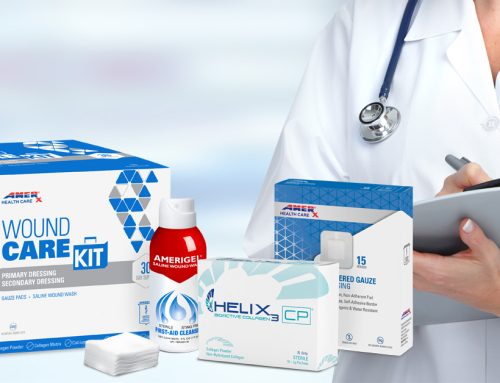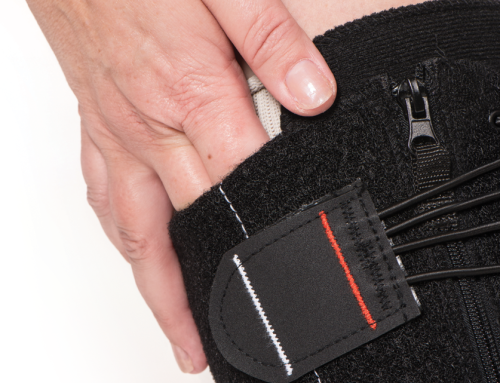Can Surgical Dressings Be Used For Wound Dehiscence?
Yes, you can use surgical dressings for wound dehiscence. For Medicare beneficiaries, there is no time limit assigned to the duration with which a wound must be present before surgical dressings may be dispensed. Unlike many skin substitute policies, there is no number of days or weeks assigned to how long a wound must be present before surgical dressings may be a covered benefit.
Medical Necessity For Wound Dehiscence
The presence and documentation of medical necessity is an umbrella requirement that applies to all medical services and supplies when submitting for payment to a third-party payer. This applies to all evaluation and management services, all procedures, and all supplies, including surgical dressings. Documentation must clearly illustrate the need for the surgical dressing that is dispensed.
Surgical Dressings For Wound Dehiscence
There are many situations in which surgical dressings may be medically necessary for a wound dehiscence. Just some include a surgical wound in a compromised patient, a surgical site complicated by arterial disease, and a surgical site complicated by malnutrition. Not all auditors and third-party payer representatives are practitioners. Therefore, when dispensing surgical dressings, it is suggested that providers make the medical necessity of the surgical dressings very clear and not rely on an auditor’s ability to determine medical necessity based on their reading of the past medical history and the history of present illness alone. Providers may even consider documenting a sentence that starts with, “This surgical dressing is medically necessary because………” Including a sentence like this removes the risk associated with an auditor or other third-party payer representative attempting to find or interpret medical necessity based on the documentation.
Example Of Wound Dehiscence
An example of a portion of a progress note that clearly demonstrates the medical necessity of collagen powder for wound dehiscence is:
This surgical wound has not closed and stayed closed as expected. Instead, the primary closure performed at the conclusion of the procedure has failed and this is now dehisced open. I suspect this patient’s arterial disease and malnutrition are contributing to this dehiscence and the failure to heal. This site is not demonstrating signs that lead me to believe it will heal if current treatment continues and advanced healing options are not instituted. There is a concern for infection, amputation, other morbidities, and even mortality associated with this now. Therefore, advanced treatment in the form of collagen powder is medically necessary and indicated in an effort to heal this area. Collagen was selected as this wound is stalled and not progressing toward the goal of healing the way it should be. I expect the collagen to attract monocytes and fibroblasts, act as a sacrificial substrate for MMPs, and ultimately provide a matrix for tissue and vessel growth.
The information in the rest of the note should support this statement of medical necessity.
Conclusion
Surgical dressings may be used for wound dehiscence if the medical necessity is documented.

Dr. Jeffrey D. Lehrman, DPM, FASPS, MAPWCA, CPC, CPMA
Dr. Lehrman is a podiatrist practicing in Fort Collins, CO and operates Lehrman Consulting, LLC which provides consultation services regarding coding, compliance and documentation. Dr. Lehrman is a Certified Professional Coder and Certified Professional Medical Auditor. He serves as a staff liaison at the AMA CPT® Editorial Panel meetings where CPT codes are created, edited, and deleted. He is a Diplomate of the American Board of Foot and Ankle Surgery, Fellow of the American Society of Podiatric Surgeons, and is recognized as a “Master” by the American Professional Wound Care Association. Dr Lehrman is a Fellow of the American Academy of Podiatric Practice Management, Past Director of the American Professional Wound Care Association Board of Directors, and is a Past Chairman of the Board of the American Society of Podiatric Surgeons. Dr. Lehrman is also on the editorial advisory board of the journal WOUNDS.





